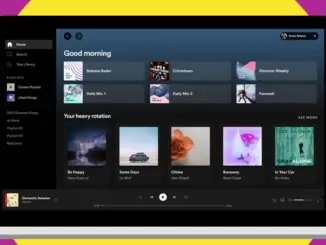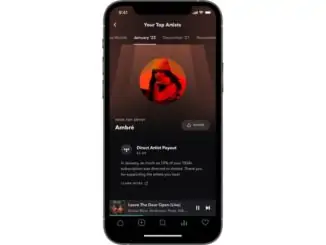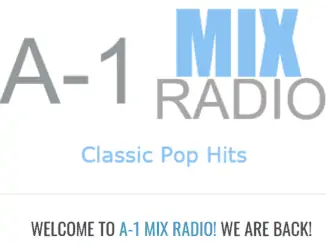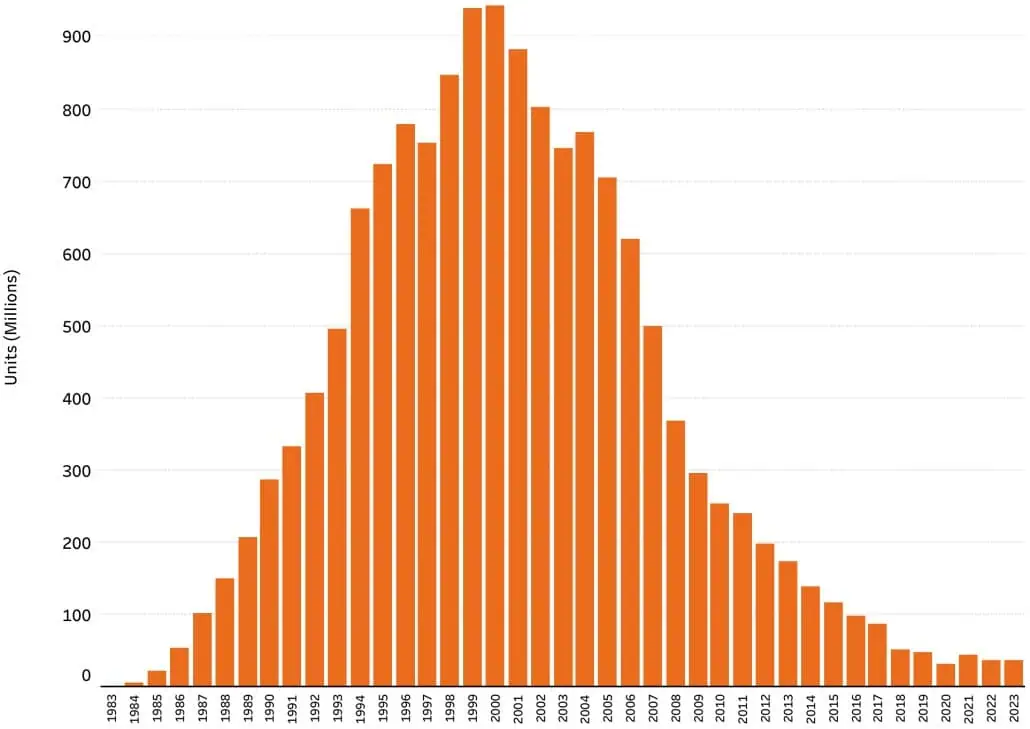
The first commercial Compact Disc (CD) was released in 1982 and the CD was planned as the successor to the vinyl record. Developed by Philips and Sony, sales of CDs grew quickly and by 2004 cumulative worldwide sales of audio CDs, CD-ROMs and CD-Rs reached about 30 billion discs and 200 billion by 2007. However, from the beginning of the early 2000s CDs were increasingly being replaced by other forms of digital storage and distribution with the result that by 2010 the number of audio CDs being sold in the US had dropped to about 50% of their peak.
United States
In 2023 sales of music on physical media in the US were 10.5% of the total a significant increase on 2020 when sales had fallen to 9%. In 2023 the number of CDs sold decreased by 1.9% compared to 2023 to reach 37 million items and but saw an 11.3% increase in value mainly due to premium versions. This compares to their peak in 1997 when 942.5 million copies were sold.
Vinyl LPs continued their rise in popularity with a 6.6% increase in sales volume over 2022 reaching 43.2 million albums and a 10.3% increase in revenue to $1350.2 million reflecting the perceived premium nature of the product.
United Kingdom
10.5 million CDs were sold in the UK during 2024 which is a drop of 2.9% on the previous year. This compares to a 23.7% drop 2023. CD sales in 2022 represented only 7% of music revenues from a high of 43% in 2012.
| UK’s CD market share (as a percentage of total revenue) |
|||||||||||
| Year | 2012 | 2013 | 2014 | 2015 | 2016 | 2017 | 2018 | 2019 | 2020 | 2021 | 2022 |
| %age | 43 | 39 | 36 | 32 | 28 | 25 | 18 | 13 | 10 | 9 | 7 |
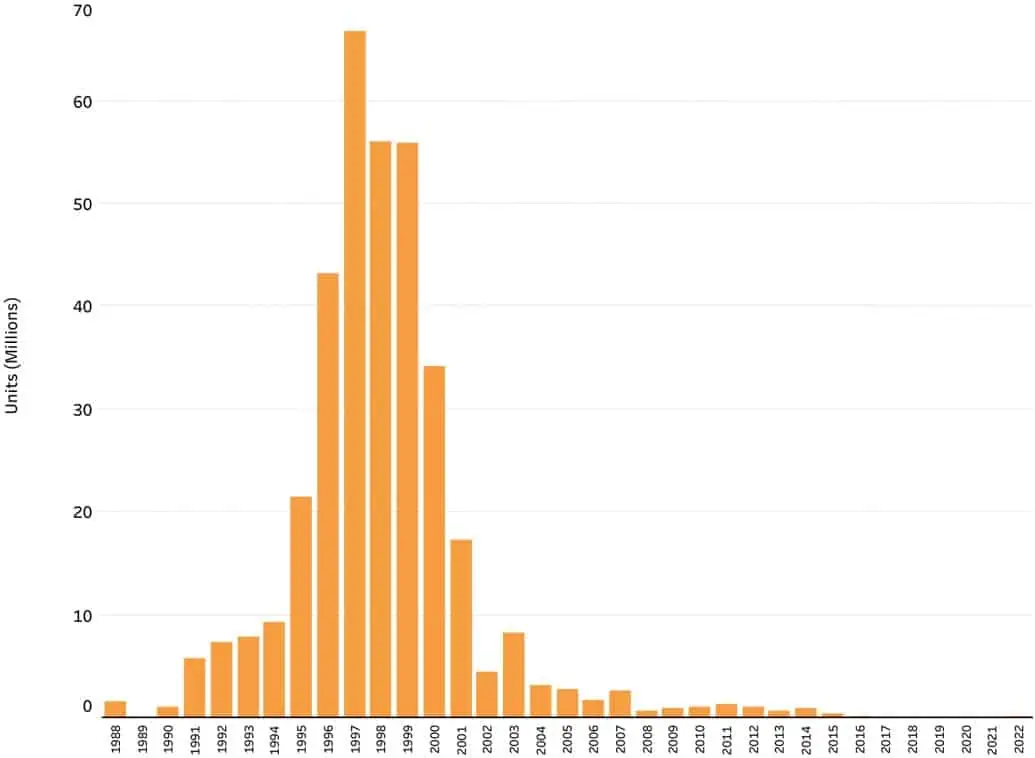
CD Singles
Launched in 1986, CD Singles had a relatively short-lived popularity in the mid-1990s but as digital distribution methods started to become available in the early 2000s sales rapidly dropped. At their peak, CD Singles sold 67 million copies annually in the US but sales in 2023 were so small as to be unmeasurable in 2023.
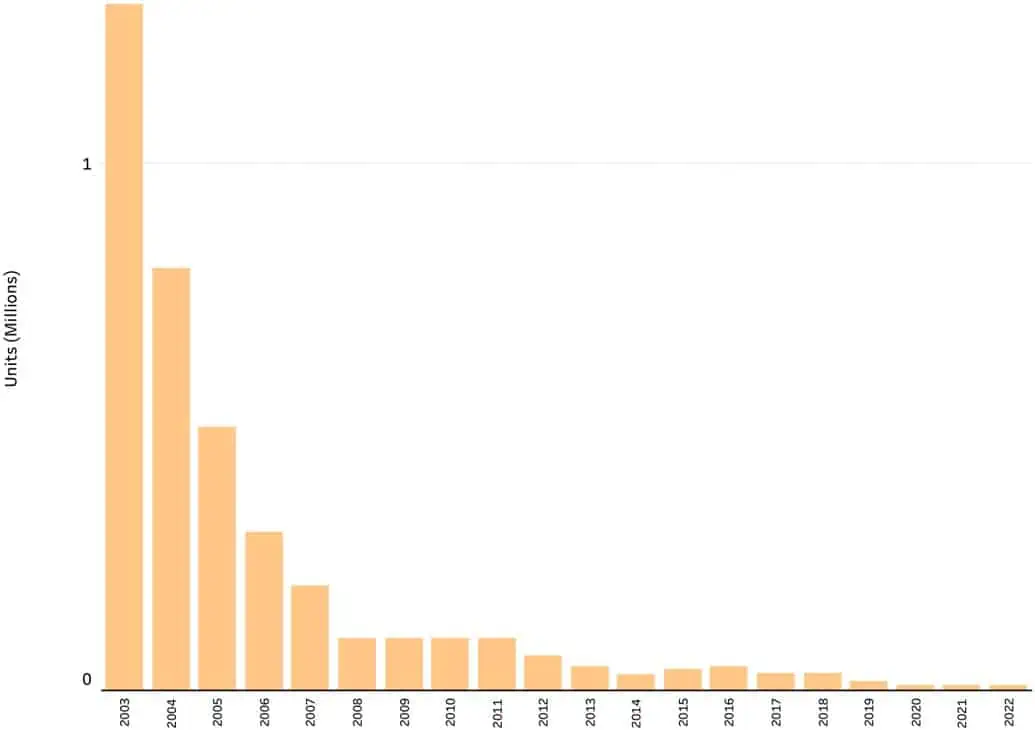
SACD
Super Audio CD or SACDs were developed to be the successor to the CD. They allowed additional playing time – 110 minutes compared to the 80 minutes of a normal CD – and the ability to record up to 6 channels of audio instead of the usual stereo pair of a CD. Audio quality was claimed to be improved but research published in 2007 in the Audio Engineering Society journal found no significant difference in audio quality between SACDs and CDs at ordinary volume levels. Controversy continues as whether SACDs sound better than standard CDs but commercially SACDs never caught on and from a high of 1.3 million copies sold in the US in 2003, sales have declined to $200,000 annually and mainly to a fiercely loyal audiophile audience. Sales in 2023 were so small as to be unmeasurable by the RIAA.
DSD, the encoding mechanism for SACDs has been given a new lease of life in the digital age as Qobuz has now started to offer DSD downloads. For those who want to know more Qobuz have published an excellent introduction to the DSD format: What is DSD, the premium quality audio format?
Compact Disc Timeline
| 1982 | First commercial Compact Disc (CD) released – The Visitors by Abba on 7th August |
| 1986 | First commercial CD Single released – Angeline by John Martyn on 1st February |
| 1988 | CD sales in the US overtook vinyl LPs |
| 1992 | CD sales in the US overtook pre-recorded music cassette tapes |
| 1997 | First portable MP3 player was launched in 1997 by Saehan Information Systems selling its MPMan players in Asia in spring 1998. |
| 1999 | Super Audio CD (SACD) format launched Napster file sharing service launched – 1st June |
| 2000 | US sales peaked at 943 million CDs |
| 2001 | Pre-recorded music cassette sales in US dropped to 4% of total Apple launches iPod on 23rd October |
| 2003 | Most major US record companies discontinued manufacturing pre-recorded music cassette tapes |
| 2008 | CD Singles start to be dropped by record companies and retailers due to lack of demand Spotify streaming music service launched launched 7th October |
| 2010 | US sales of CDs declined to 50% of their peak |
| 2012 | US sales of SACDs dip below 100,000 copies |
| 2014 | iPod discontinued by Apple after having sold 390 million units US revenues from digital music services equalled those from physical format sales |
| 2016 | 1.5 billion smartphones sold globally |
| 2017 | US Sales of CDs had declined to 88 million units – 12.7% of US music revenues One third of the world’s population own a smartphone |
| 2018 | Streaming music services account for 80% of the US recorded music market US Sales of CDs had declined to 52 million units – 7.1% of US music revenues |
| 2019 | Smartphone users are projected to number 2.7 Bn users |
| 2023 | Lexus remains the only car manufacturer to fit a CD player. In 2021 General Motors decided not to fit them in its passenger cars. |
Future of physical CDs
The Rise and Rise of Streaming
Streaming continues to take an ever larger share of the global recorded music market which grew 10% in 2023.
In the US streaming accounted for 84% of the recorded music market in 2023 with digital downloads continuing to decline. Physical formats enjoyed a small increase mainly due to the resurgence of interest in vinyl LPs.
Future growth in streaming is likely to come from increased sales of smart devices (Speakers and TVs), ‘connected’ cars with In Car Streaming and the near ubiquitous availability of smartphones.
CD sales in some markets continue to be resilient such as in Germany where sales continue to decline but still remain the second strongest format with a 12.9% share of revenue. CDs don’t seem to have the same attraction as vinyl LPs and a combination of ‘old skool’ vinyl devotees and newer converts look set to continue what has been a consistent rise in vinyl to the detriment of the CD.
The future of the CD is digital
The future of the format seems assured with streaming services adopting it as the base level audiophile/HiFi standard adopted by Qobuz, TIDAL, Deezer, Apple Music, Amazon Music, Idagio and the Neil Young Archives. In 2021 Spotify announced that it would start a CD Quality HiF premium service by the end of the year but by January 2025 the service was yet to launch. Given its main competitors, Apple Music and Amazon Music, have gone ‘lossless’ it would seem likely that Spotify will embrace CD Quality but when is unknown at the time of writing.
CD Quality streams are usually 44.1kHz/16bit FLAC and will need a steady internet connection of 1.5 to 2 Mbps. A 3½ minute song downloaded for offline listening will typically need 51 MB of storage.
Most smart speakers, gaming devices and smart TVs support CD Quality file formats (FLAC and ALAC). Sonos devices now support both CD Quality and HiRes streaming and the smart speaker manufacturer has now added CD Quality to its Sonos Radio offering.
There are now over 50 CD Quality Internet Radio Stations offering a range of programming options with audiophile/HiFi quality sound. During 2021 we also saw the arrival of true HiRes Internet Radio stations some using a mixture of vinyl and SACD and a couple even using genuine 24-bit/96kHz or better music sources.
To find out more about CD Quality Internet Radio go here.
To find out more about HiRes Internet Radio go here.
To get further information on:
How to listen to lossless FLAC internet radio with free media players go here.
How to listen to lossless FLAC internet radio with your browser go here.


